
botanical extracts
standardized dry or fluid extracts from organic or conventional agriculture
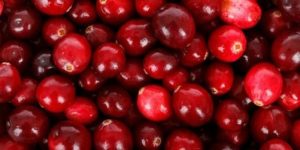
botanical name : Vaccinum macrocapon A.
part of plant : fruit
active substances : proanthocyanidins (PACs)
standardisation : - juice concentrate in powder 1% proanthocyanidins (PACs) - dry extract 4-40% proanthocyanidins (PACs)
description :
Cranberry is a native evergreen shrub that grows throughout North America.
Historically, cranberry fruits or leaves were used for bladder, stomach, and liver disorders, as well as diabetes, wounds, and other conditions.
Today, cranberry is used as a dietary supplement primarily for urinary tract infections (UTIs).
The berries are used in beverages and food. They are also used into dietary supplements in the form of extracts, powder, capsules, and tablets.
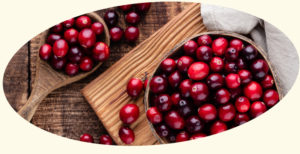
Our cranberry extract originates from North America (USA, Canada).
Its specific composition enables it to prevent urinary tract infections.
Cranberry is known for its ability to inhibit the adhesion of certain E.coli bacteria (the pathogen most frequently responsible for urinary tact infections) to cells of the epithelial tract.
This effect is linked to the presence of antioxidant substances called proanthocyanidins (PACs) (a family of flavoind compounds) which neutralise the free radicals responsible for the damage caused by oxidation in the body.
PACs therefore help to limit the attachment and development of bacteria in the urinary tract.
Cranberry has a number of benefits:
– rich in antioxidants (flavonoids, resveratrol, ursolic acid, etc.), vitamin C, and dietary fiber,
– prevents cystits and urinary tract infections,
– improves digestive and dental health, as well as cardiovascular diseases.
Thanks to a combinaison of high-performance identification technics, we ensure that our extracts is not adulterated with unexepected part of the plant (leaves, stem …) or other plants.
Technics used are HPTLC/TLC and HPLC analysis.
Possible adulteration with : grape seed extract, peanut skin extract, pie bark extract.
This method effectively identifies adulteration, as the different control points (proanthocyanidin and catechin) are significantly recognisable.
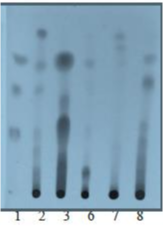
1: RS / 2: cranberry extract / 3: grape seed extract / 8: peanut skin extract
Our raw material and our dry extract have been identified by HPLC (finger print). The profil obtained is the same for the extract and the raw material, wich proves the purity and quality, concentration of the product.

cranberry: raw material

cranberry: extract
Possible adulteration with: bilberry, blueberry, mulberry, black burrant, etc.
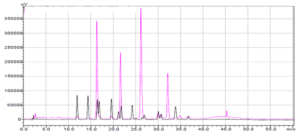
pink: cranberry extract / black: bilberry extract
– pesticides, PAH, aflatoxins, heavy metals, microbioligy are strictly monitored.
– full traceability.
Do not hesitate to contact us for more information!

standardized dry or fluid extracts from organic or conventional agriculture

revivable and tyndallized probiotics of European origin
very high quality propolis extracts, pollen, honey and royal jelly from organic or conventional agriculture

natural minerals from organic or conventional agriculture
unique natural ingredients of high quality supported by scientific studies
brewer’s yeast and yeast extracts used in food supplements and functional foods from organic or conventional agriculture
micronised vegetable fibers providing taste and texture from organic or conventional agriculture
powders or liquids from natural raw materials, with range of shades of red, green, brown, etc. also available in “Colouring Foodstuffs” from organic or conventional agriculture

fruits and vegetables extracts are obtained from different parts of the plant from organic or conventional agriculture

organic additives to meet different technological needs
Sign up for our newsletters to receive our latest news and find out more about our new ingredients!
Studio Crumble,
studio de création graphique
www.studio-crumble.fr
+33 2 99 55 41 10
OVH
www.ovh.com/fr
+33 9 72 10 10 07
SAS au capital de 500 K€
RCS Lille Métropole : 424 761 419 00045
Code APE : 721Z
N° de TVA : FR 22 424 761 419
Siège social : 2 rue Kellermann
59100 Roubaix
France.
L'utilisation de ce site est réservée à un usage strictement personnel de l'utilisateur. Toute reproduction ou représentation de ce site, en tout ou partie, à d'autres fins sur un quelconque support, est interdite sans l'autorisation expresse d'ESENCO. Les liens hypertextes de ce site en direction d'autres sites Internet ne sauraient engager la responsabilité d'ESENCO. La mise en oeuvre d'un lien hypertexte vers le site https://esenco.fr/ ne pourra se faire que sous réserve de l'autorisation expresse et préalable d'ESENCO.
Les informations et données qui figurent sur ce site sont protégées par les dispositions légales relatives aux droits de propriété intellectuelle. Toute représentation, reproduction, utilisation, adaptation ou modification de ces informations et données est prohibée sans l'autorisation expresse d'ESENCO.